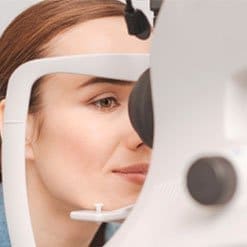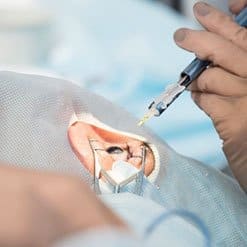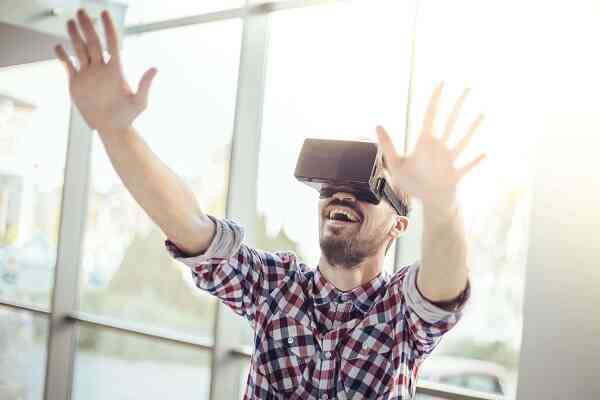How sight works
As the sensory system , the eye is the main tool by which we relate to the world around us . That’s what we really see is not mirrored images of the retina , but the result of their complex processing by the central nervous system .
Below is a brief description of the course of these processes.
- The human eye can be roughly compared to the camera, the lens consists of two lenses upstream – cornea and lens . The pupil is the iris , while volleyball is the perfect counterpart of film . Cornea – lens system corresponds to the plus lens with a very high power (about 60 diopters ) which is necessary to focus on the retina the light rays entering from the outside. The image that is formed on the retina is the image of a real inverted and less .
- Light stimulation of retinal photoreceptors stimulates photochemical processes and bioelectric . The task of the dyes in the light absorption photoreceptors . Dye called rhodopsin , which is located in the rods , sensitize them on even the smallest amount of energy , making it become active even in very low light. The cones of the retina contains three different dyes , including jodopsynę whereby they become more sensitive to light and colors brighter .
- Induced by electrical impulse is sent from the photoreceptor by the retinal bipolar cells , by way of the optic nerve and visual intersection baseband visual lateral geniculate body to which the layer system is similar to that of the retina and which pre- process the visual information , both for the colors and shapes. Subsequently, by radiancy get visual impulses to the visual cortex of the occipital region of the brain where the final shape already obtained all the details that we perceive (motion, shape and size) .






